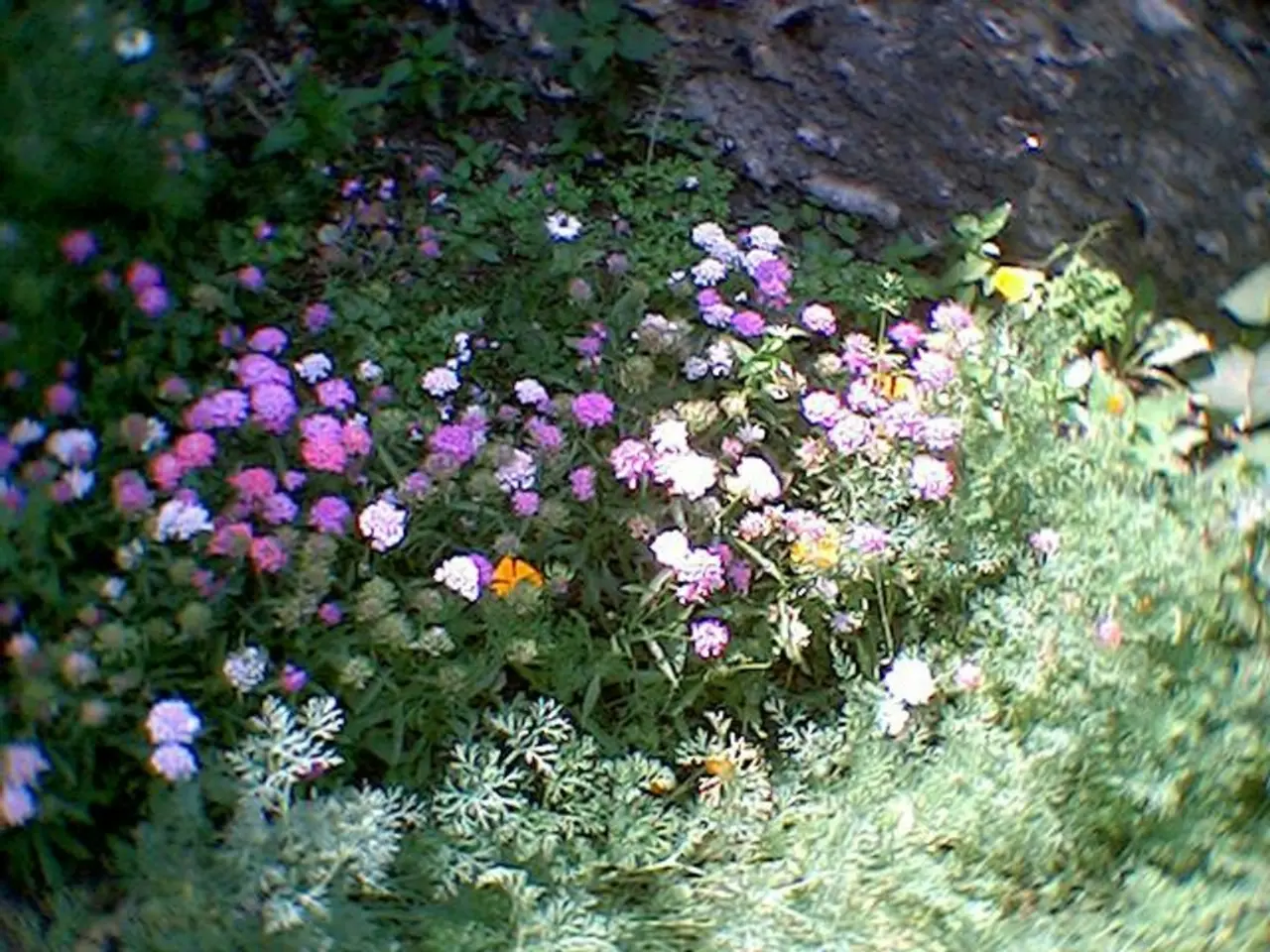Growing a Floral Tea Garden: A Guide to Brewing Tea from Your Own Grown Flowers
Explore the world of floral teas and discover a variety of blooms that can enhance your daily brew. Beyond the popular choices of chamomile and hibiscus, there's a whole garden waiting to be explored.
Lemon balm (Melissa officinalis) is a lemony-scented, calming, and uplifting flower, often used in cooling teas. Peppermint (Mentha x piperita) offers a refreshing and cooling taste with digestive benefits, making it an excellent choice for those seeking relief after meals.
Lavender, with its sweet, floral aroma and calming effect, is often included in edible flower blends. Calendula (Marigold) adds a mild, slightly spicy flavour and potential skin and digestive benefits to your tea.
Nasturtium, edible flower with a peppery taste, is commonly used in salads but also makes a delightful addition to teas. Rosehip, tart and fruity, is rich in vitamin C and antioxidants, adding flavour and health benefits to your herbal tea.
Bergamot or Bee Balm (Monarda didyma) offers colorful flowers with a citrusy, slightly sweet flavour, perfect for infusions. Lemon verbena is known for its bright, citrusy notes and its ability to promote gastrointestinal comfort.
Lemongrass, citrusy and crisp, adds mild digestive support to tea blends, while sage, traditionally used to reduce hot flashes and support health, can be a great addition to your tea collection.
Cornflower is included in edible flower blends for its colour and mild flavour, and nettle, earthy and mineral-rich, can be blended with citrus or mint for teas with possible allergy relief benefits.
These flowers can be used alone or combined with others to create flavorful and health-supportive herbal teas. However, it's important to remember that not all floral tisanes have scientific research verifying their medical claims. If you're seeking relief from ailments by using floral teas, it's recommended to do thorough research and consult a doctor about potential interactions with medications.
Enjoy the journey of discovering new floral teas and find the perfect blend that suits your taste preferences and wellness needs. Happy sipping!
References: [1] Herbal Academy of New England. (2021). The Complete Guide to Herbal Teas. Retrieved from https://www.herbalacademyofne.com/blog/the-complete-guide-to-herbal-teas/ [2] The Spruce Eats. (2021). 10 Common Herbs for Tea. Retrieved from https://www.thespruceeats.com/herbs-for-tea-2879126 [3] Healthline. (2020). 12 Health Benefits of Chamomile Tea. Retrieved from https://www.healthline.com/nutrition/12-proven-health-benefits-of-chamomile-tea [4] Verywell Health. (2020). 10 Benefits of Lemon Balm Tea. Retrieved from https://www.verywellhealth.com/lemon-balm-tea-benefits-and-uses-4023280 [5] Healthline. (2020). 7 Health Benefits of Hibiscus Tea. Retrieved from https://www.healthline.com/nutrition/7-benefits-of-hibiscus-tea
Cooking with food-and-drink can be enhanced using various edible flowers and herbs such as lemon balm, often used in cooling teas, or peppermint, offering a refreshing taste with digestive benefits. Home-and-garden activities like gardening can provide multiple options for your tea blend, such as lavender for its calming floral aroma, calendula for its mild spicy flavor and potential health benefits, or even nettle with possible allergy relief benefits.



